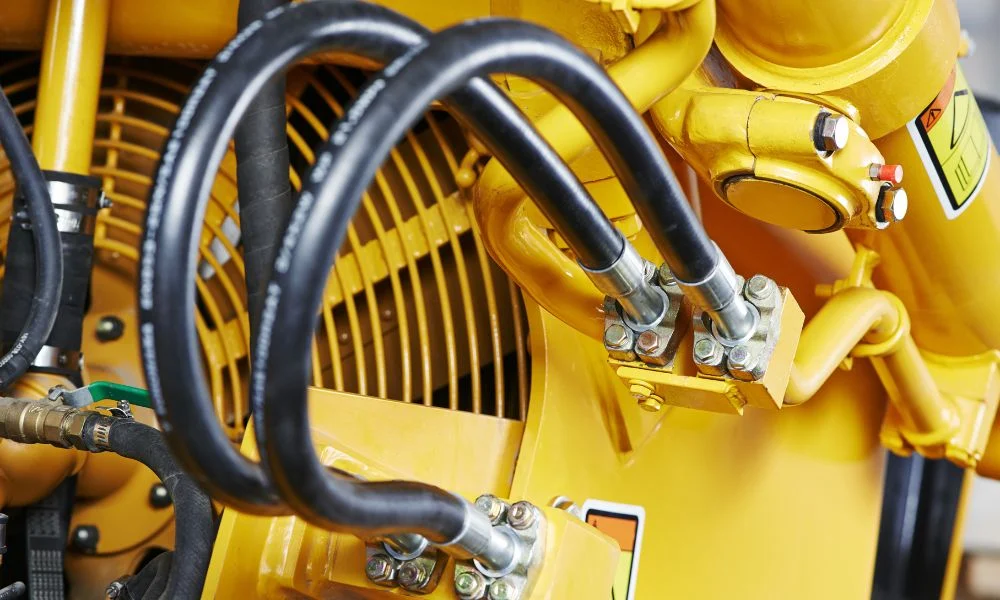In automobile maintenance, the level of expertise matters a lot regarding performance and safety. An AN hose end is one of those components that many tend to forget. These fittings are essential components that maintain the direction of fluid travel between components in a system. This post will examine when you should change out an AN hose end and why that is important for your car.
AN Hose Ends
AN hose end fittings connect hoses for automotive, aerospace, and many applications. They can withstand high pressure and extreme temperatures. These fittings are essential for safely and effectively transporting fluids like fuel, oil, coolants, etc. You must understand their purpose and function to know when they need changing.
Signs of Wear and Tear
You should always check the AN hose ends regularly for signs of wear. Visible damage to the fitting, such as cracks or corrosion, means the component requires replacement. Also, any water leak around the hose end indicates something is wrong. Being able to spot these signs early can help avoid more serious problems.
Performance Issues
You can sometimes attribute a vehicle’s non-performance to a faulty AN hose end. Inspect these fittings if a car shows lower efficiency or fluid loss due to an unexpected leak. Keeping the ends of the hoses well-maintained will ensure the rest of the vehicle performs well.
Preventing Fluid Leaks
Fluid leaks are a risk to the car and the occupant’s safety. Many of these leaks are the result of defective AN hose ends. To prevent such hazards, you should replace worn-out fittings. Good connections prevent fluid leaks and ensure the vehicle performs safely.
Prolonging the Life of Your Car
When you replace AN hose ends as a regular maintenance practice, you help your vehicle last longer. When the fittings work correctly, all systems can operate freely without damaging other equipment, which is a money-saving approach in the long run and can also extend the life of your vehicle.
Economical Upkeep
Replacing AN hose ends is a cheap but effective preventative measure. Neglecting damaged fixtures can cause larger repairs in the future. The best way to do this is by using good-quality replacements so that the vehicle remains in tip-top shape and avoids breakdowns, which would result in at least double the cost.
Getting the Right Alternative
Connecting the right AN hose ends ensures performance and compatibility. These components comprise good-quality materials, which can sustain the environment and ensure the vehicle’s systems work, so there is no system dysfunction.
Installation Tips
The impactfulness of an AN hose end depends entirely on proper installation. Ensure the straps fit snugly without straining; otherwise, they may have damaging effects. For the desired results, follow the manufacturer’s instructions when putting them in place. Paying attention during this process will guarantee that the fittings function as they should.
Routine Maintenance Cycle
Regular AN hose end inspection can identify an issue and prevent an unexpected failure. You should schedule regular checks, especially on performance vehicles, to ensure you address any problems early. This simple step can immensely improve the car’s dependability.
Conclusion
Knowing when to swap out the AN hose end and why it matters is critical to keeping a vehicle on the road. Knowing the warning signs of wear, fixing when possible, and opting for only the best replacements can help ensure the car remains safe and functional. Taking care of such minor but important parts will ensure that the vehicle runs safely and reliably in the long run. A proactive approach to the condition management of an AN hose end represents a small investment with massive returns by protecting the vehicle and its passengers.



































